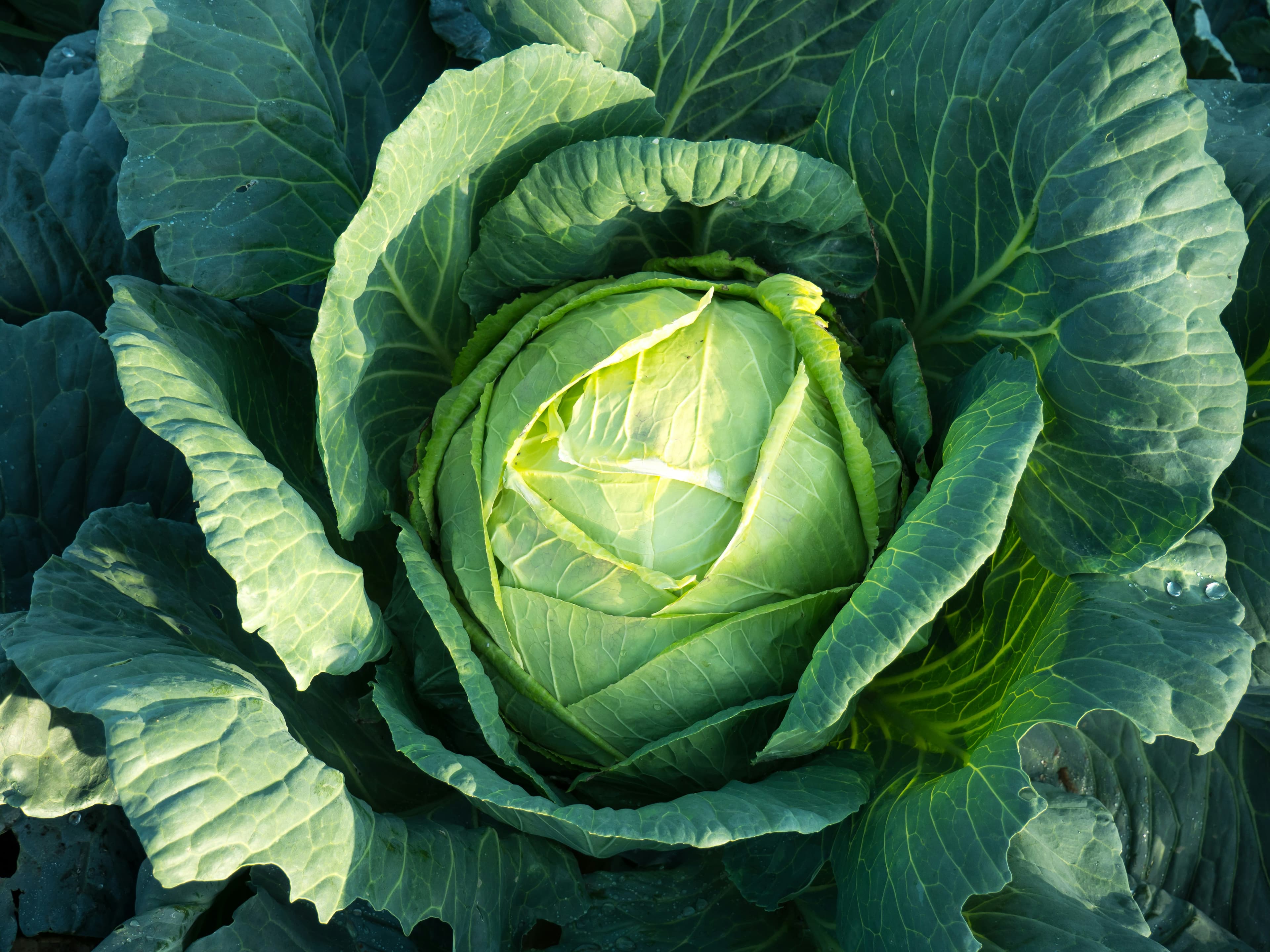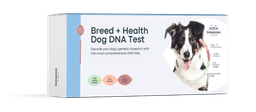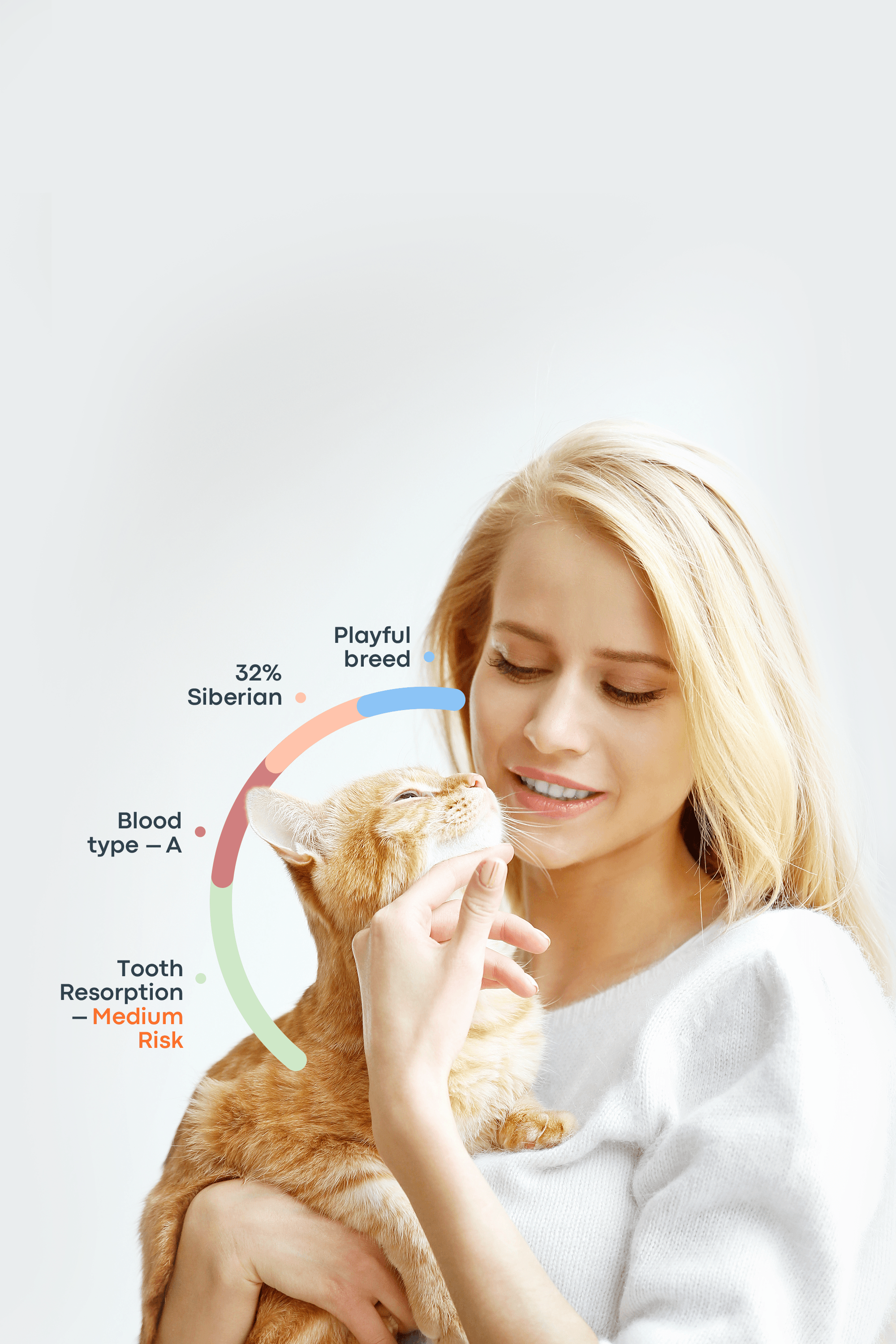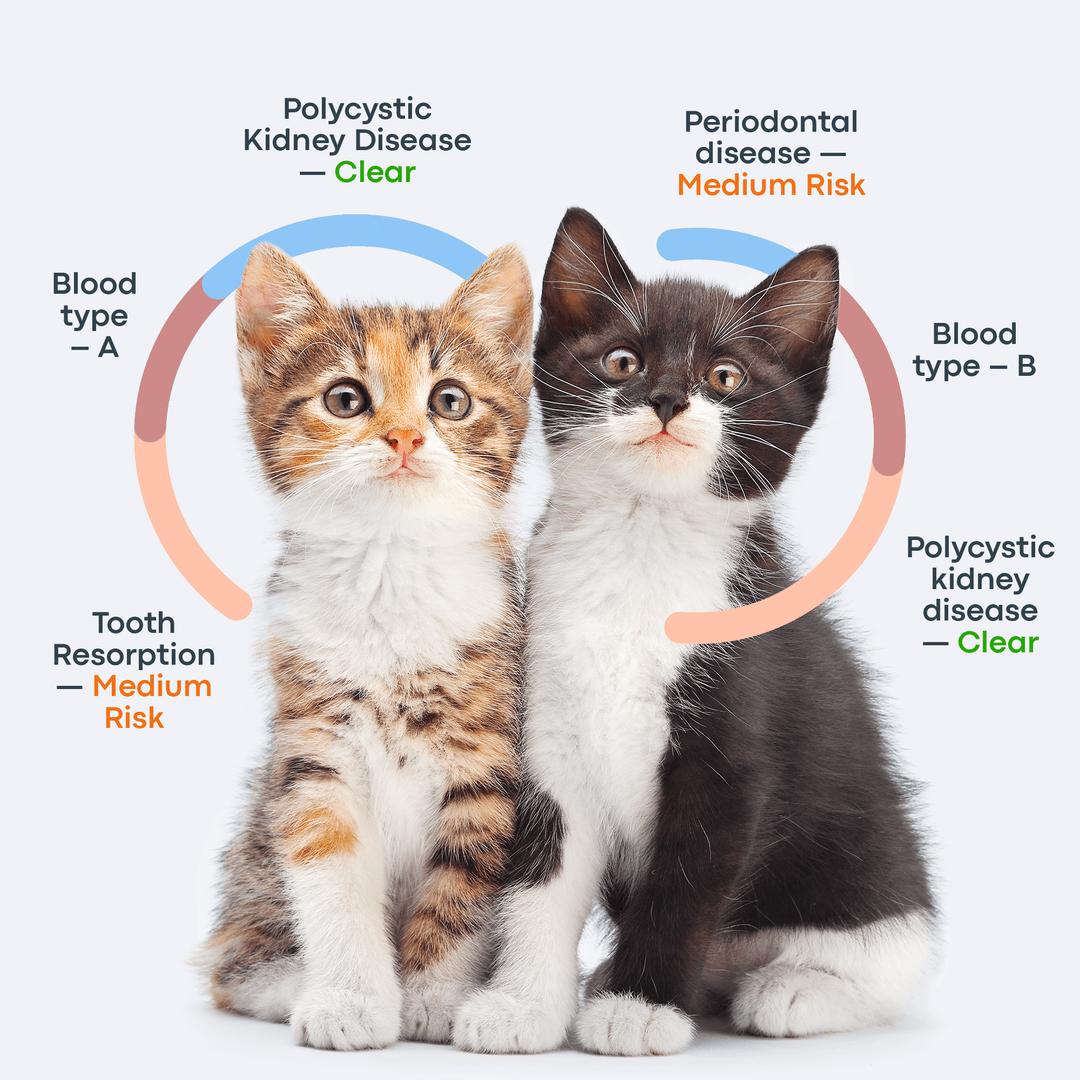Many pet owners do not realize the dangers of feeding certain human foods to our little furry pals. Without knowing the risks, they share food from their plates with their curious buddies. However, many human foods can be dangerous to dogs and cats. What about cabbage? Can dogs eat cabbage?
The quick answer is yes. You can feed your dog cabbage in moderation. Cabbage is one of the safe vegetables to add to your pet’s diet. However, as a pet owner, you must know how to prepare cabbage safely before feeding it to your dog. This guide covers all these tips and more.
Health Benefits of Cabbage for Dogs
Just as cabbage is healthy for humans, so it is for dogs, albeit in moderation. Here are some health benefits of cabbage for dogs.
Supports Digestive Health
According to research conducted on cabbage by experts at Brown University, cabbage is packed with fiber, which regulates bowel movements. This keeps your pet’s digestive system functioning smoothly.
Rich in Essential Vitamins
If you are still wondering, “Can dogs eat cabbage?” then the answer is positive. Cabbage contains a host of vitamins and minerals that your buddy needs. This includes vitamins C, K, B6, A, B1, B5, B2, and B9. It is also packed with minerals like manganese, magnesium, potassium, and calcium.
Provides Antioxidants
Cabbage also provides a boost of antioxidants to your dog’s body to help improve immune function. This gives them the ability to fight infections and inflammation caused by free radicals.
Low-Calorie Treat
Cabbage is a great low-calorie treat for man’s best friend. One cup of cabbage contains just 22 calories, which makes it a great option for overweight dogs or dogs on a fat-loss diet.
Risks of Feeding Cabbage to Dogs
Gas and Bloating Issues
While the fiber content of cabbage is great for humans and dogs, it also comes with a downside: flatulence. Cabbage also contains indigestible sugars, which are fermented by the dog’s gut bacteria, resulting in bloating or gas.
Goitrogenic Effects on the Thyroid
Cabbage is a cruciferous vegetable, and like other cruciferous veggies, it contains goitrogenic agents. These agents tend to hinder thyroid function, reduce iodine absorbency, and promote thyroid tissue overgrowth. This particularly occurs if your pet eats a lot of cabbage in its raw form.
Choking Hazard
Another risk of feeding large pieces of raw cabbage to dogs is choking hazards. A dog could accidentally try to swallow the large chunks or pieces without chewing them, and this could cause them to choke and gag. You can prevent this by chopping up the cabbage into smaller pieces.
Raw vs. Cooked Cabbage: Which Is Better?
Raw Cabbage
There are several benefits of feeding raw cabbage to your dog. Raw cabbage has a higher vitamin C content, which is a great antioxidant that can boost your pet’s immune function. Raw cabbage also has more fiber that can support your pet’s digestive health. On the downside, raw cabbage can result in gas, bloating, and even diarrhea in some dogs due to the higher fiber content. Similarly, raw cabbage tends to produce more goitrogens, which could affect the pet’s thyroid function.
Cooked Cabbage
Can dogs eat cabbage that was previously cooked in some way? Many dogs find cooked cabbage easier to eat and digest. Some micronutrients in cabbage also become more bioavailable when cooked, and that can benefit your dog’s health and well-being.
Cooking the cabbage also enhances certain antioxidants like lutein and lycopene and also increases the absorption of minerals like calcium and magnesium. On the other hand, cooking cabbage reduces its vitamin C and myrosinase content, which are necessary for fighting diseases like cancer.
Best Cooking Methods
The best way to cook cabbage while feeding your dog is to steam or boil it. You can also grill the cabbage a bit, but avoid using any salt or other seasonings as these could result in toxicity and health issues in your dog. Never deep fry the cabbage; a dog does not need all that oil and fat!
How to Safely Feed Cabbage to Dogs
Recommended Portion Size Based on Your Dog’s Size
According to PetMD experts, you can use the following portion sizes when feeding cabbage to your dog based on their size:
2 to 20 pounds or extra-small dogs (Yorkies, Chihuahuas, etc.)—one teaspoon or less.
21 to 30 pounds or small dogs (Beagles, Pugs, Frenchies, etc.)—one to two teaspoons.
31 to 50 pounds or medium dogs (Border Collies, English Bulldogs, Basset hounds, etc.)—about one tablespoon.
51 to 90 pounds or large dogs (Labrador Retrievers, German Shepherds, etc.)—about two tablespoons.
91+ pounds (Saint Bernards, Newfoundlands, Great Pyrenees)—about a quarter cup.
How Often Can Dogs Eat Cabbage?
It is important to practice moderation when feeding cabbage to your dog. You don’t want to go overboard, as too much cabbage can cause gas or flatulence in some dogs. So stick to a weekly schedule of feeding it; for example, you can feed them once or twice a week.
Remember the general rule of feeding treats to dogs and consider the cabbage as just that—a treat. This means that cabbage and other treats should constitute less than 10% of your dog’s total daily calorie intake.
Best Ways to Prepare Cabbage for Dogs
Chop the cabbage in a food processor and parboil or steam it. This will make it easier for your dog to digest the cellulose in the cabbage. Always choose organic, locally grown cabbage instead of cabbage that has been shipped or flown in from a distance; the latter contains fewer nutrients. Organic cabbage is always safer than cabbage that has been sprayed with tons of pesticides.
Signs of Cabbage Intolerance or Allergy in Dogs
Upset Stomach
Please note that sometimes dogs and cabbage don’t go hand in hand. It has been associated with some health issues, like upset stomachs, in some dogs. Old dogs and dogs with underlying health issues are more vulnerable. So, monitor your pet, especially if this is their first time eating cabbage. If you notice your dog has diarrhea, stomach pain, or other discomfort, please discontinue feeding this vegetable to them.
Excessive Gas or Bloating
Some dogs also develop gas as their body is not able to digest the fiber and cellulose in the cabbage. This can cause stomach pain, belching, and farting. Their stomach may appear bloated.
Lethargy and Discomfort
In rare cases, a dog may become unusually lethargic or show signs of discomfort through behavioral changes (excess whining, barking, etc.) after eating cabbage. Consult your veterinarian immediately to know how to proceed safely.
Other Dog-Friendly Vegetables to Feed Dogs
Dogs can safely eat broccoli, carrots, cauliflower, asparagus, celery, chard, green beans, kale, okra, squash, zucchini, etc. Avoid feeding too many cruciferous vegetables, such as cabbage, kale, or broccoli, all at once to your dog, as they can interfere with their thyroid function. Never feed vegetables like mushrooms, onions, and garlic, as these can be toxic to dogs.
Conclusion
If you are still wondering, “Is cabbage good for dogs?”, we hope this guide has given you the answer. You may feed cabbage to your pet in moderation. After all, anything in excess is harmful to our beloved pets. Always cook the cabbage for dogs properly. When in doubt, check with your vet if cabbage is a good choice of vegetable for your dog.
Frequently Asked Questions
Can dogs have cabbage whole heads?
Mostly no, but the answer depends on your dog’s size and overall health. A large dog could have a small head of cabbage, provided they also get other balanced nutrition.
Are cabbage plants poisonous to dogs?
Cabbage plants are generally not toxic or poisonous to dogs. However, you must ensure they do not eat too much and watch out for signs of discomfort, bloating, and gas.
Is cooked cabbage okay for dogs?
Cooked cabbage is okay for dogs as long as it does not contain too much spice, salt, oil, and other seasonings, as these could be harmful for your pet.



